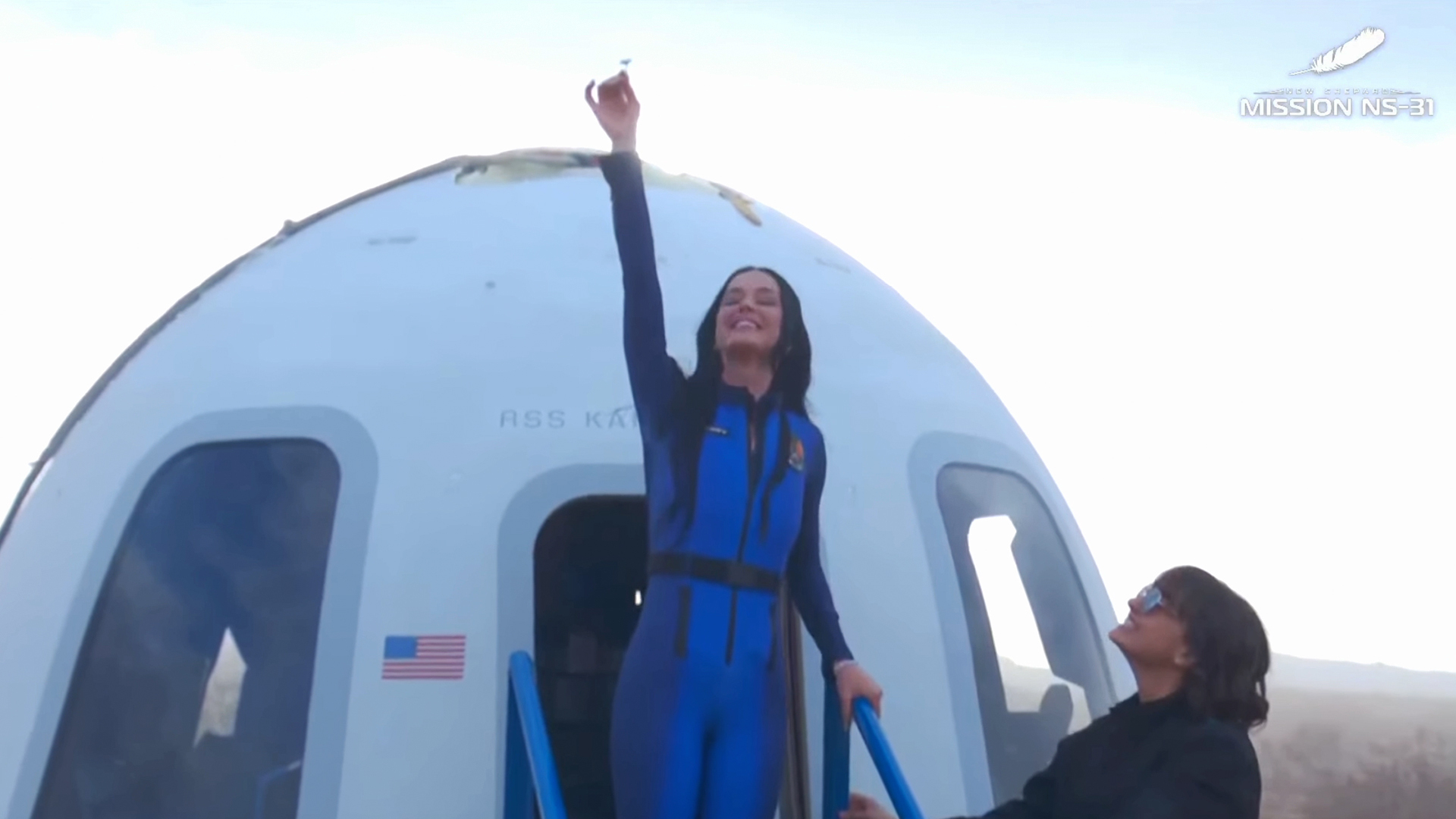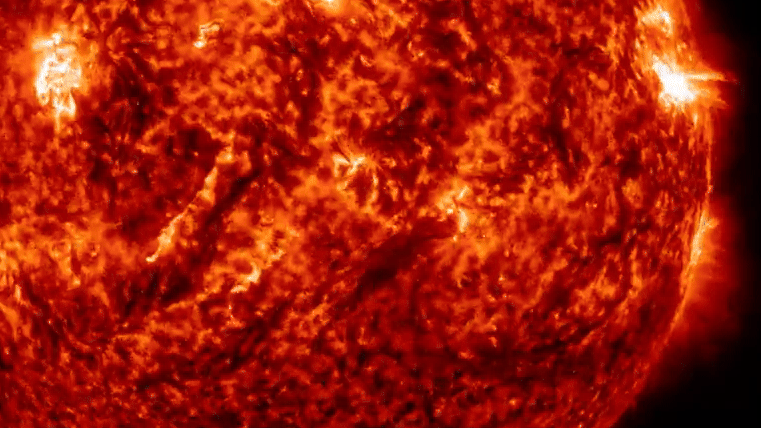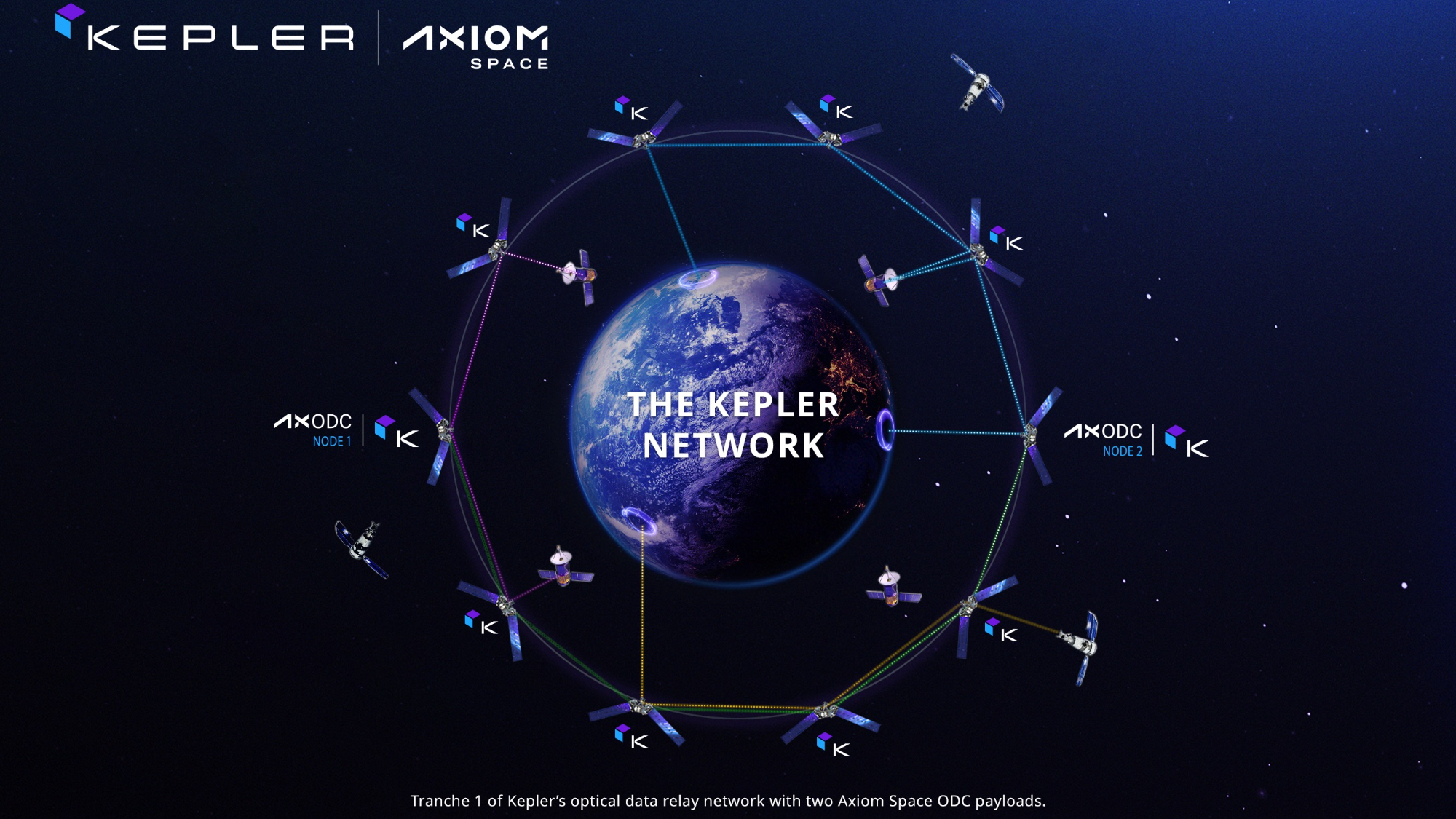Space station cargo ship named in honor of late NASA astronaut Piers Sellers
S.S. Piers Sellers is the first Cygnus to be named for a space station-era career astronaut who died after the spacecraft entered service.

A British-American climate scientist who launched on three missions to the International Space Station is being honored with the naming of a U.S. commercial spacecraft bound for the orbiting complex that he helped build.
Northrop Grumman has named its next Cygnus capsule the "S.S. Piers Sellers." Set to deliver science equipment and supplies for the space station's Expedition 67 crew in February, the NG-17 spacecraft will lift off atop a Northrop Grumman Antares rocket from the Mid-Atlantic Regional Spaceport at NASA's Wallops Flight Facility on Wallops Island in Virginia.
"It's company tradition to name each Cygnus spacecraft after a pioneer of human spaceflight," Christina Zourzoukis, a human resources project analyst at Northrop Grumman, said in a video statement on Wednesday (Jan. 26). "As we prepare for our next mission to the International Space Station, I am proud to announce that the NG-17 Cygnus spacecraft will be named in honor of Piers Sellars, a NASA astronaut who helped assemble the space station and made lasting contributions to climate science."
Related: How to see and track the International Space Station
Sellers, who died in 2016, began his career with NASA in 1982, 14 years before he was selected to become an astronaut. Born in England, where he earned his bachelor's degree in ecological science and a doctorate in biometeorology from the University of Edinburgh and the University of Leeds, respectively, Sellers moved to the United States to join a research team NASA's Goddard Space Flight Center in Maryland.
"Piers created the simple biosphere model, the first model to realistically simulate the interaction of global photosynthesis and Earth climates," said Zourzoukis.
Fulfilling one of his childhood dreams, Sellers became a member of NASA's 16th class of astronaut candidates in 1996. His first mission was on board the space shuttle Atlantis as a member of the STS-112 crew. During three spacewalks, he helped to install a segment of the space station's backbone truss.
Get the Space.com Newsletter
Breaking space news, the latest updates on rocket launches, skywatching events and more!
Sellers returned to orbit on STS-121, the second "return to flight" mission after the loss of Columbia in 2003. As a crew member on the shuttle Discovery, Sellers again ventured outside the space station to test repair techniques for the shuttle's thermal protection tiles.
Sellers' last mission saw him launch again on Atlantis, this time as an STS-132 mission specialist. The flight delivered Russia's Rassvet mini-research module to the space station.
In total, Sellers logged 35 days, 9 hours and 2 minutes in space, including more than 41 hours on six spacewalks. He retired as an astronaut in 2011 and returned to Goddard as the deputy director of the science and exploration directorate.
"In 2016, he received the NASA Distinguished Service Medal, the space agency's highest honor. Sadly, Piers passed away later that year at the age of 61, after a battle with pancreatic cancer," Zourzoukis said. "Those who knew him, remember his jokes and his ability to make others laugh."

The S.S. Piers Sellers will deliver more than 8,200 pounds (3,700 kg) of supplies and research equipment for the Expedition 67 crew. The NG-17 Cygnus will also be the first U.S. commercial craft to use its thrusters to re-boost the space station.
Once emptied of its cargo and refilled with refuse, the S.S. Piers Sellers will be detached from its berth on the space station to fall back to Earth and be destroyed over the Pacific Ocean.
The Piers Sellers is the first Cygnus to be named for a space station-era career astronaut who died after the spacecraft entered service in 2013. Past namesakes have included former company executive J.R. Thompson, U.S. Air Force Manned Orbiting Laboratory candidate Robert Lawrence, NASA mathematician Katherine Johnson and NASA astronauts David Low, Gordon Fullerton, Janice Voss, Deke Slayton, Rick Husband, Alan Poindexter, John Glenn, Gene Cernan, John Young, Roger Chaffee, Alan Bean and Kalpana Chawla.
The most recent Cygnus, which was launched in August 2021 and then deorbited in December, was named the S.S. Ellison Onizuka after the first Asian American to launch into space, who died with his six crewmates on the ill-fated STS-51L flight of the space shuttle Challenger in 1986.
Follow collectSPACE.com on Facebook and on Twitter at @collectSPACE. Copyright 2022 collectSPACE.com. All rights reserved.
Join our Space Forums to keep talking space on the latest missions, night sky and more! And if you have a news tip, correction or comment, let us know at: community@space.com.

Robert Pearlman is a space historian, journalist and the founder and editor of collectSPACE.com, a daily news publication and community devoted to space history with a particular focus on how and where space exploration intersects with pop culture. Pearlman is also a contributing writer for Space.com and co-author of "Space Stations: The Art, Science, and Reality of Working in Space” published by Smithsonian Books in 2018.In 2009, he was inducted into the U.S. Space Camp Hall of Fame in Huntsville, Alabama. In 2021, he was honored by the American Astronautical Society with the Ordway Award for Sustained Excellence in Spaceflight History. In 2023, the National Space Club Florida Committee recognized Pearlman with the Kolcum News and Communications Award for excellence in telling the space story along the Space Coast and throughout the world.










